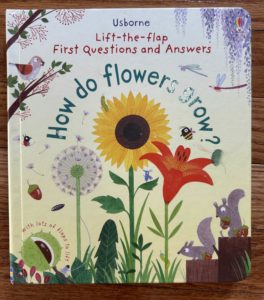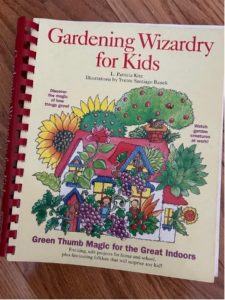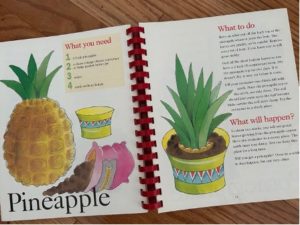Dr. Fallon Tanentzap has more Botanical Book Gift Suggestions. This one is for four-year olds.
You are never too old to set life goals and reach for your dreams. In my view, illustrated children’s science books are an example of #sciencecommunication at its finest. One of my lifelong ambitions is to become a published author-illustrator of a non-fiction children's book. Explaining science to the younger generation in a way that gets them interested in participating in the natural world around them would be a pinnacle of success for me.
So how to start on the path towards this goal? I have been following well-known children's book author, Melissa Stewart’s blog. Her post “5 Kinds of Non-Fiction”, introduces her book, co-authored with Marlene Correia, with the same title. Stewart explains how classifying children’s picture books into five categories: active; browsable, traditional, narrative, and expository literature is helpful to educators. Stewart writes: “Nonfiction for children has undergone exciting changes in recent years, evolving into a new breed of visually dynamic, engaging texts that delight as well as inform.”
This got me thinking about what I would recommend here, as a plant book for children today, as well as the book that first got me to love illustrated non-fiction.
 How Do Flowers Grow? (2015) by Katie Daynes, illustrated by Christine Pym, from Usborne Books is a lift-the-flap book suitable for every youngster from about age four. This beautifully illustrated interactive, browsable, non-fiction picture book covers all the botany basics. It contains the content of a first year undergraduate botany course delivered effortlessly for kindergarten-aged children. Topics include plant reproduction life-cycle, seed dispersal methods and much more.
How Do Flowers Grow? (2015) by Katie Daynes, illustrated by Christine Pym, from Usborne Books is a lift-the-flap book suitable for every youngster from about age four. This beautifully illustrated interactive, browsable, non-fiction picture book covers all the botany basics. It contains the content of a first year undergraduate botany course delivered effortlessly for kindergarten-aged children. Topics include plant reproduction life-cycle, seed dispersal methods and much more.
 My first, memorable, active non-fiction plant picture book was published nearly thirty years ago. Gardening Wizard for Kids (1995) by L. Patricia Kite is available from used booksellers. It’s described as “An amazing collection of more than 300 extraordinary experiments and projects with apple seeds, beans, potatoes, fruit pits, vegetables, herbs and everything that grows”.
My first, memorable, active non-fiction plant picture book was published nearly thirty years ago. Gardening Wizard for Kids (1995) by L. Patricia Kite is available from used booksellers. It’s described as “An amazing collection of more than 300 extraordinary experiments and projects with apple seeds, beans, potatoes, fruit pits, vegetables, herbs and everything that grows”.
Anytime my mom brought home a mango or avocado I would stick toothpicks in the large sloppy seeds and place them in the window to germinate. I once managed to get a pineapple to grow to a pretty decent size.
 As Melissa Stewart notes, there is an abundance of these wonderful children’s books today available in public libraries, schools and bookshops. Katie Dayne’s UK-based publisher, Usborne Books, has a long track record of knowing how to combine STEAM elements of discovery at the turn of each page with sturdy lift-the-flap type tabs in many of their books. I have used this book with my children, and have gifted it many times over to friends and family.
As Melissa Stewart notes, there is an abundance of these wonderful children’s books today available in public libraries, schools and bookshops. Katie Dayne’s UK-based publisher, Usborne Books, has a long track record of knowing how to combine STEAM elements of discovery at the turn of each page with sturdy lift-the-flap type tabs in many of their books. I have used this book with my children, and have gifted it many times over to friends and family.
Dr. Fallon Tanentzap, Crop Physiology Course Director at Trent University, Winter Term 2024
References:
- Stewart, M. & Correia, M. (2023). 5 kinds of nonfiction: Enriching reading and writing instruction with children's books. Taylor & Francis: Routledge.
- Kite, L. P. (1995). Gardening Wizardry for Kids. Barron's Educational Series
- Daynes, K. 2015. First Questions and Answers: How do flowers grow?. Usborne. Illustrated by Christine Pym

